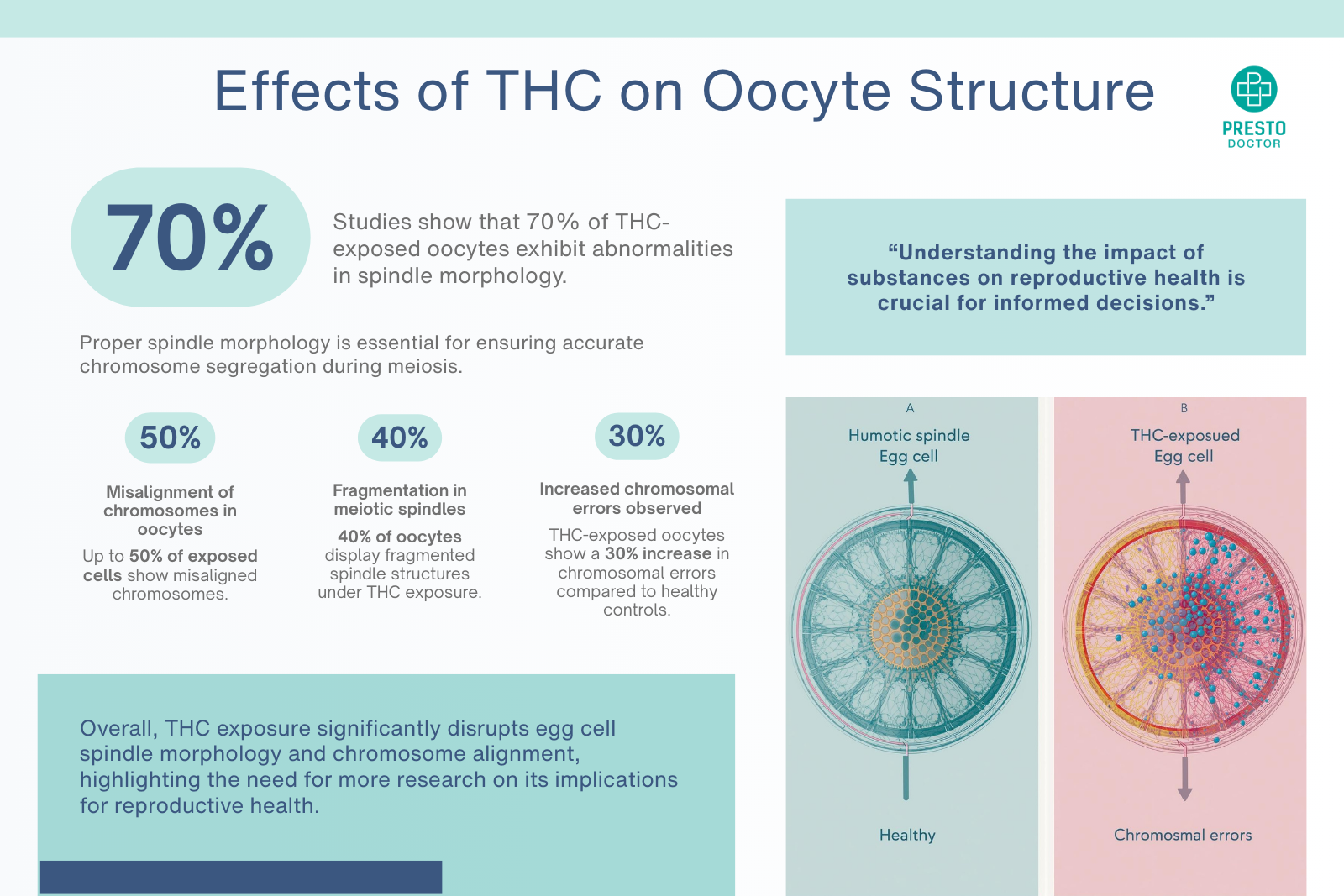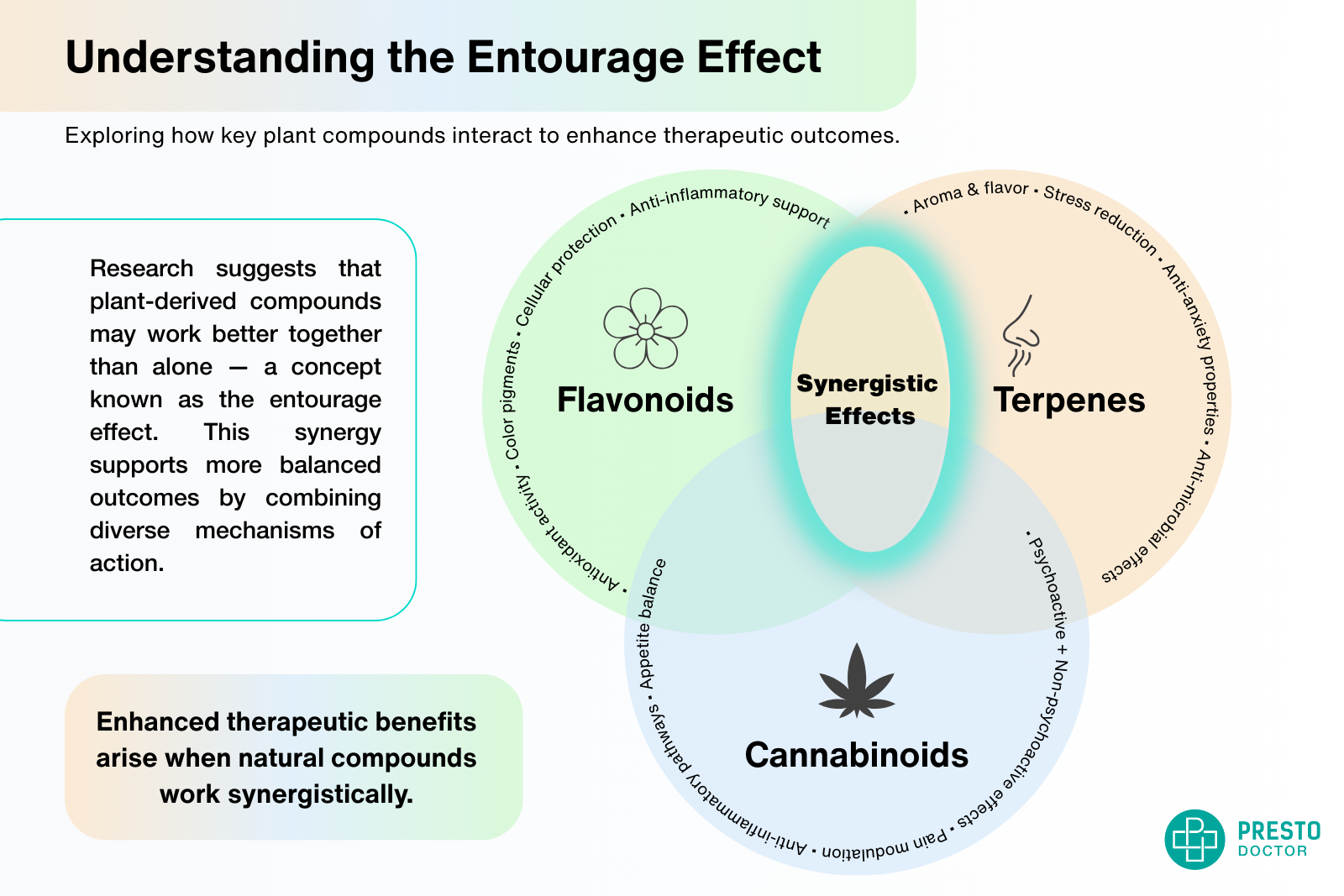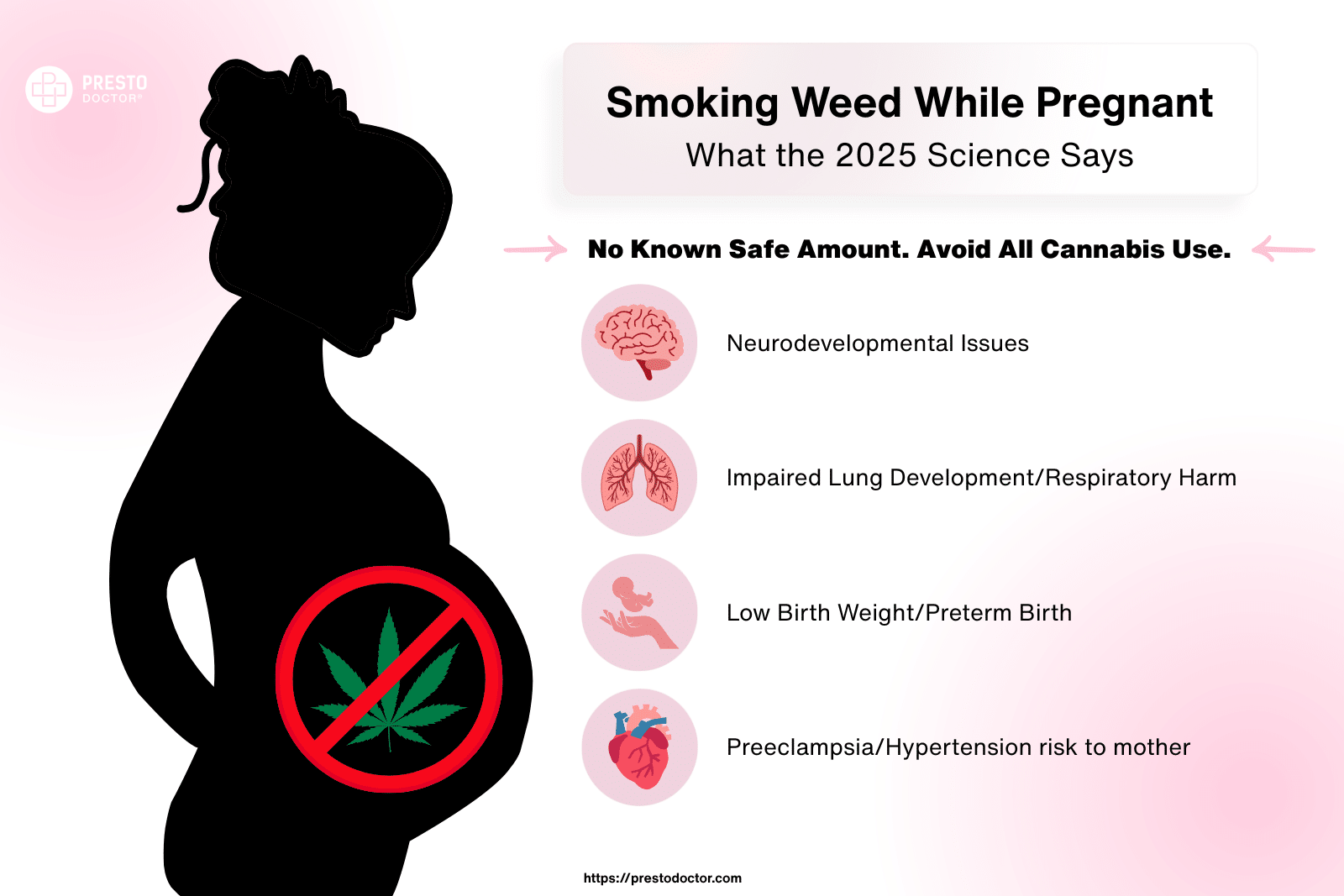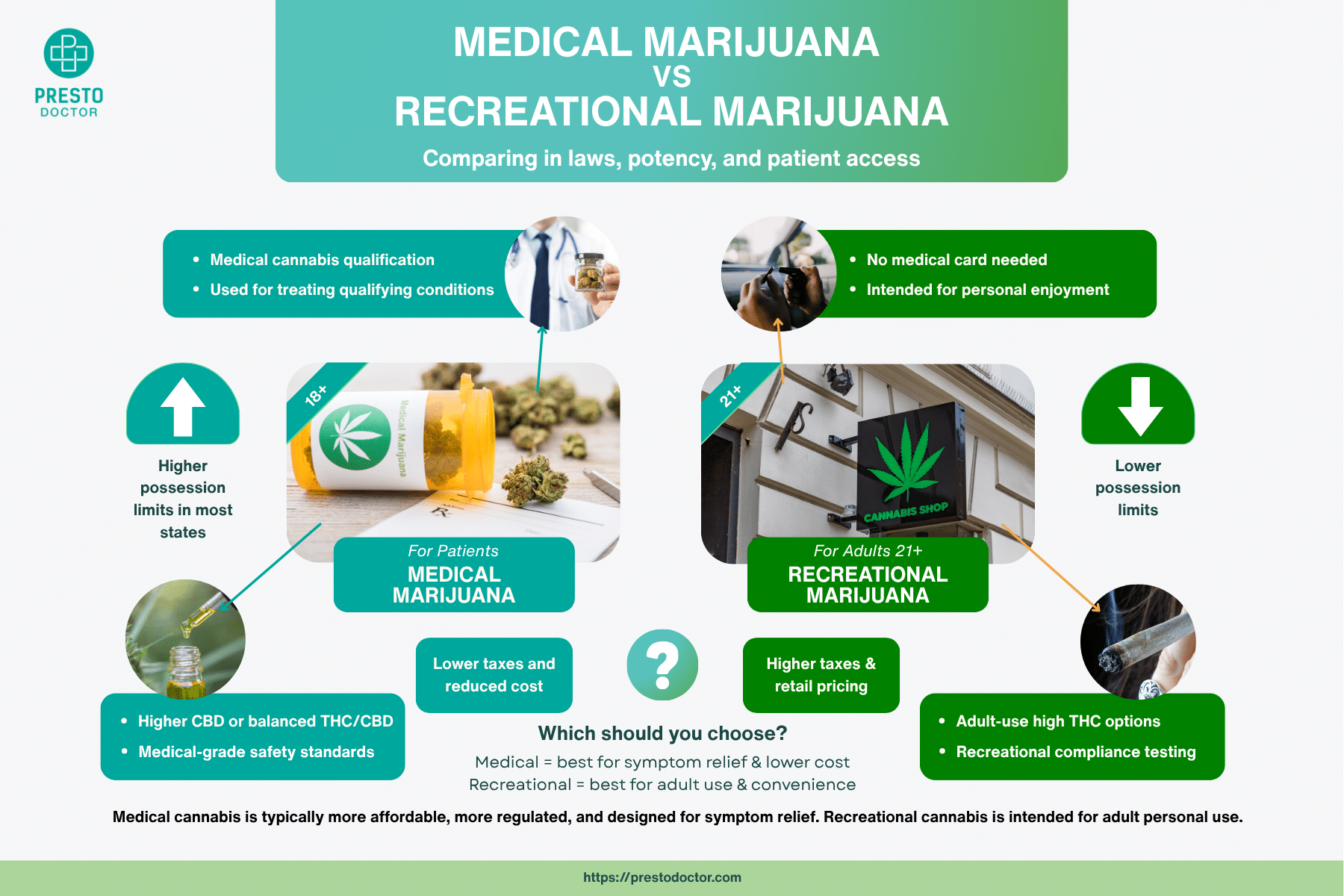
The Just Say No program began with America’s crack cocaine epidemic and spread to once seemingly effective school programs like D.A.R.E. In the years following, we have learned that abstinence and scare tactic-centric programs had little to no positive impact on curtailing youth drug use.
Today, with opioid addiction on a sharp increase, and concerns over expanded cannabis access, other programs have stepped in to educate children and adults. While some programs appear to advocate for the end of Just Say No methods, others tweaked the approach for the current youth mindset. Alternatively, in one prominent case, the Just Say No ad campaigns are being ramped up to a whole new degree.
New Approaches to Drug Education and Prevention
Concerns over expanded cannabis access are certainly warranted in regards to teen use. That worry, however, has not been the reality for states like California, so far. The data comes from a short window of time but does indicate that legalization has little to no impact on youth usage. One such reason for this outcome has been the evolution of drug education for teens and children. A growing number of schools and communities have evolved to using other programs that cater to youth and parents alike.
Being Adept
A program that has gained steam in the Bay Area in recent years is the California-based non-profit Being Adept curriculum. Being Adept focuses on evidence and research to select the latest in teaching lessons and techniques. Instead of the “This is your brain on drugs” approach from past generations, educators encourage young adults and parents to learn the facts, motives and risks of drug use.
With cannabis, Being Adept focuses on a range of topics from concentrates and dabs to the significant changes in strain potency over the decades. Going further, the program delves into how cannabis may affect mental health and the dangers associated with teen use. Cannabis represents just one facet of the program that also focuses on topics including:
- Alcohol
- Nicotine
- E-cigarettes
- Opioids
- Stimulants
- Media literacy
- Stress
- Peer pressure
- Decision making
Instead of telling the students how to handle drugs and other pressures, they supply them with facts. This approach does well at avoiding the rebellious nature teens can assume when told what to do, meanwhile giving them the ability to make informed decisions on their own. Talking candidly about issues such as edible usage has students saying they “felt more like an adult”, and came away with a better understanding of the significant problems facing young adults and older individuals.
Similarly so, Being Adept’s parents’ night addresses how parents can tackle the topic at home. Again, instead of telling parents to abstain fully, they are encouraged not to glamorize their consumption. Instead, treat it as a part of your day, rather than an item you require to function.
All Hands On Deck
In other approaches, the end of Just Say No has been more of an evolution instead of a shift in gears. Less of a formal curriculum, the all hands on deck drug education instead implores more individuals to get involved in making an impact on today’s children, sometimes as early as kindergartners.
All Hands on Deck’s efforts aim to do the same as programs like Just Say No and Being Adept have strived for: empowering students to make healthy choices. The approach varies by curriculum, age, exposure to drugs and focus, as the method can be broad-based or specific to an area such as opioid use.

Overall, an All Hands on Deck drug prevention program centers on education, resiliency to peer pressure and relying on both educators as well as school nursing staff to be on the front lines for educating students. To assist the educators and health care providers, many partner with local and state organizations to ensure that the latest information and training is available.
The End of Just Say No? The Country’s Approach Forks
The United States is headed down different directions with its drug education in 2018. In recent months, several states have expanded their medical cannabis programs to allow opioid-based prescriptions and addictions to qualify for a medical cannabis card. The move has been taken up by states like New York, New Jersey, and Pennsylvania, where overdoses have spiked severely in the aftermath of opioids.
Several major cities from New York City to San Francisco have considered taking up additional methods, including the controversial practice of supervised injection sites. A growing number of cities from Philadelphia to Seattle have now announced efforts to go forward with sites similar to ones found in roughly 100 locations across 66 major global cities suffering with opioid addiction. Seattle became the first to announce plans and was almost shut down by the opposition.
While their alternative solution was not clear, safe injection sites is one method the current President opposes in favor of ad campaigns. Instead of rehashing the ‘80s and ‘90s style ads, the current administration is taking a more aggressive approach – falling in-line with the President’s often brash approach to problem solving. Such messaging includes imagery that is potentially uncomfortable for viewers, with tones reminiscent of texting and driving adverts across the globe:
The use of ad campaigns is controversial in itself as past iterations of the efforts failed at a costly rate. Figures estimate that the U.S. government spent close to $1 billion on its anti-drug ad campaign from 1998 to 2004. A 2008 study into its effectiveness showed the campaign had no positive effects and may have even further influenced others to try drugs.
While it is highly unlikely that this current administration would consider an expansion to supervised injection sites, a recent one-year study of Montreal’s program saw a rise in users as the program went on. Though falling short of the expected 200 to 300 daily visits, the importance of the sites could still be felt in the lives saved through an alternative approach to addiction care.
Currently, no one approach has been determined to be the clear-cut best alternative to treating and preventing drug use in adults and children today. The end of Just Say No may be overstated as the hyper-aggressive campaign from the government could prove effective. However, alternative methods like Being Adept, the various communal All Hands on Deck approaches and medical cannabis as an alternative could prove to be the most viable methods in current application.
In the end, the most effective approach is not the concern. Rather, it is the lives at stake. From children to individuals already gripped by addiction, new and revised older-era methods could provide the solution for cities like Philadelphia that have an estimated 70,000 opioid users alone. Whatever it takes, let’s hope it’s already making an impact.






